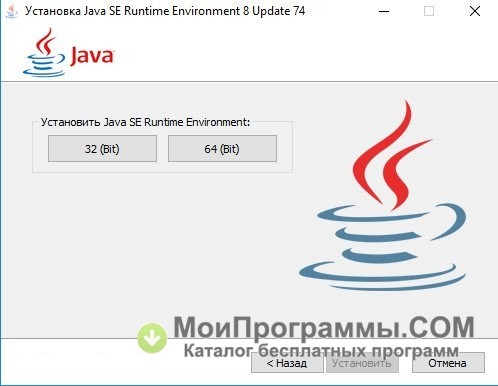


Uninstallation process may trigger error ‘ another process that is using the file stops Java Runtime Environment (JRE) (64-Bit) being uninstalled‘.Not all of the files were successfully uninstalled.You may also get error ‘ file required for the uninstallation to complete could not be run‘.This is the most common error.One of the most pumping error is ‘ You do not have sufficient access to remove Java Runtime Environment (JRE) (64-Bit)‘.

Java Runtime Environment (JRE) (64-Bit) is not available in the Programs and Features of the system.Some Flaws While Uninstalling Java Runtime Environment (JRE) (64-Bit) Java Runtime Environment (JRE) (64-Bit) file location in Windows 7,8 and 10.Can’t uninstall Java Runtime Environment (JRE) (64-Bit).Java Runtime Environment (JRE) (64-Bit) showing error while uninstalling?.Is Java Runtime Environment (JRE) (64-Bit) necessary?.Why is Java Runtime Environment (JRE) (64-Bit) not uninstalling?.How do I remove Java Runtime Environment (JRE) (64-Bit)?.Method 7: Uninstall Java Runtime Environment (JRE) (64-Bit) with Third-party Uninstaller.Method 6: Java Runtime Environment (JRE) (64-Bit) from the Registry.Method 5: Reinstall Java Runtime Environment (JRE) (64-Bit) to Uninstall.Method 4: Uninstall Java Runtime Environment (JRE) (64-Bit) with Antivirus.Method 3: Remove Java Runtime Environment (JRE) (64-Bit) With System Restore.Method 2: Remove Java Runtime Environment (JRE) (64-Bit) with its uninstaller.exe.Method 1: Uninstall Java Runtime Environment (JRE) (64-Bit) via Programs and Features.How to Uninstall Java Runtime Environment (JRE) (64-Bit) Completley?.Some Flaws While Uninstalling Java Runtime Environment (JRE) (64-Bit).


 0 kommentar(er)
0 kommentar(er)
